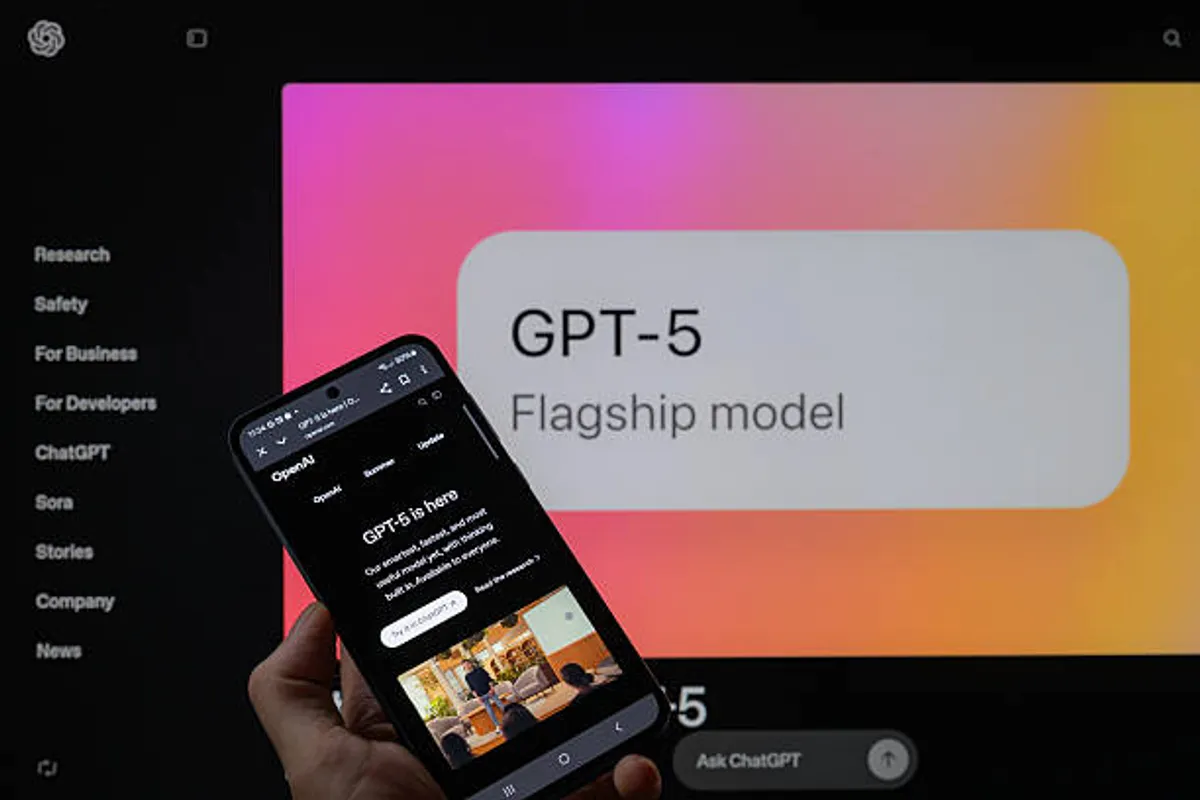
Craft SEO-Optimized Blog Posts with AI for Maximum Reach

GeokHub
Contributing Writer
Using AI tools like ChatGPT or Grok can streamline the creation of SEO-optimized blog posts, helping businesses and content creators boost search engine rankings, drive traffic, and engage audiences. This guide outlines a step-by-step process to leverage AI for crafting compelling, search-friendly blog content efficiently.
How to Write SEO Blog Posts with AI
1. Identify Target Keywords

AI can help find high-impact keywords to drive organic traffic.
- How to Use AI: Ask for keyword suggestions based on your niche, audience, and goals. Specify search intent (e.g., informational, commercial) and target location.
- Prompt Example: “Generate a list of 10 high-volume, low-competition SEO keywords for industry/topic targeting audience in region.”
- Action: Select 1-2 primary keywords (e.g., “best running shoes 2025”) and 3-5 secondary keywords (e.g., “running shoe reviews,” “top sneakers for marathon”). Use tools like Google Keyword Planner or Ahrefs to verify search volume and competition.
- Benefit: Ensures your post targets terms with strong traffic potential and lower ranking difficulty.
2. Create an SEO-Friendly Structure
![]()
AI can outline a blog post optimized for readability and search engines.
- How to Use AI: Request a detailed outline with headers (H1, H2, H3) that incorporate primary and secondary keywords naturally.
- Prompt Example: “Create a blog post outline for topic with H1, H2, and H3 headers, including primary keyword in the title and 2 H2s, and secondary keywords in subheadings.”
- Action: Ensure the structure includes an introduction, key sections addressing reader pain points, and a conclusion with a call-to-action (CTA). Aim for 800-1,500 words for in-depth topics, as longer posts often rank higher.
- Benefit: Provides a clear, scannable framework that aligns with SEO best practices.
3. Write Engaging Content

AI can generate compelling content that incorporates keywords while maintaining a natural tone.
- How to Use AI: Request a draft with specific tone, style, and keyword placement. Specify word count and audience needs.
- Prompt Example: “Write a 1,000-word blog post on topic for audience, using primary keyword in the title, intro, and 2 subheadings, and secondary keywords across the text. Use a conversational tone and include a CTA.”
- Action: Edit the AI output to add unique insights, brand voice, or data from your expertise. Ensure keywords appear naturally (1-2% density) and avoid overstuffing.
- Benefit: Saves time on drafting while producing reader-friendly content that ranks well.
4. Optimize Meta Tags and Descriptions

AI can craft meta titles and descriptions to boost click-through rates (CTR).
- How to Use AI: Ask for meta tags that are concise, keyword-rich, and enticing.
- Prompt Example: “Write an SEO meta title (60 characters or less) and meta description (160 characters or less) for a blog post on [topic] using primary keyword.”
- Action: Ensure the title is under 60 characters and the description under 160, with primary keywords included. For example:
- Title: Best Running Shoes 2025: Top Picks
- Description: Discover the best running shoes for 2025 with expert reviews and tips to boost performance. Find your perfect pair today!
- Benefit: Increases visibility and CTR on search engine results pages (SERPs).
5. Add Internal and External Links

AI can suggest linking opportunities to enhance SEO and user experience.
- How to Use AI: Request suggestions for relevant internal pages or authoritative external sites to link to.
- Prompt Example: “Suggest 3 internal links to related blog posts and 2 external links to reputable sites for a post on topic.”
- Action: Include 2-4 internal links to other pages on your site (e.g., related articles, product pages) and 1-2 external links to credible sources like industry reports or studies. Use descriptive anchor text.
- Benefit: Boosts site authority, improves navigation, and signals relevance to search engines.
6. Incorporate Visuals and Alt Text
AI can describe visuals or generate alt text to make your post accessible and SEO-friendly.
- How to Use AI: Ask for image descriptions or alt text that include keywords.
- Prompt Example: “Write alt text for 3 images in a blog post on topic, incorporating primary/secondary keyword.”
- Action: Pair the post with relevant images (e.g., infographics, product photos) and use AI-generated alt text like “Best running shoes 2025 on a marathon track” to improve accessibility and SEO.
- Benefit: Enhances user engagement and helps images rank in search results.
7. Refine and Proofread
AI can polish drafts to ensure clarity, grammar, and SEO alignment.
- How to Use AI: Request edits to improve readability, flow, or keyword integration.
- Prompt Example: “Revise this 1,000-word blog post on topic to improve readability, ensure primary keyword appears naturally, and fix grammar errors.”
- Action: Use tools like Grammarly alongside AI to catch nuanced errors. Ensure the post reads naturally and aligns with E-E-A-T (Experience, Expertise, Authoritativeness, Trustworthiness) guidelines.
- Benefit: Produces polished, professional content that resonates with readers and search engines.
Best Practices for Success
- Be Specific: Use detailed prompts with target audience, tone, and keyword instructions to get relevant outputs.
- Validate Content: Cross-check AI-generated facts or statistics, as AI may produce generic or inaccurate data without specific input.
- Update Regularly: Refresh older posts with AI to keep content relevant, adding new keywords or trends to maintain rankings.
- Use Analytics: Monitor performance with Google Analytics or Search Console to track traffic and refine future posts.
- Combine with Human Input: Add personal insights or brand-specific details to make AI content unique and authentic.
Limitations to Watch
- Generic Outputs: Without precise prompts, AI may produce vague or repetitive content. Always tailor inputs.
- Data Privacy: Avoid inputting sensitive business data into free AI tools to protect proprietary information.
- SEO Nuances: AI may not fully grasp complex SEO strategies like schema markup or local SEO; consult experts for advanced tactics.
Getting Started
- Test Small: Start with a single blog post, using AI for keyword research and drafting.
- Iterate: Refine prompts based on results to improve output quality.
- Integrate Tools: Use AI alongside platforms like WordPress or Yoast SEO for seamless publishing and optimization.
- Track Results: Measure clicks, rankings, and engagement to gauge success and adjust strategies.
Final Thoughts
AI tools like ChatGPT can revolutionize SEO blog writing by saving time, generating ideas, and optimizing content for search engines. By combining AI with human oversight and analytics, you can create posts that rank high, engage readers, and drive business growth. Start experimenting with these steps to boost your online presence today. Note: Always verify AI outputs and adapt them to your brand for the best results








